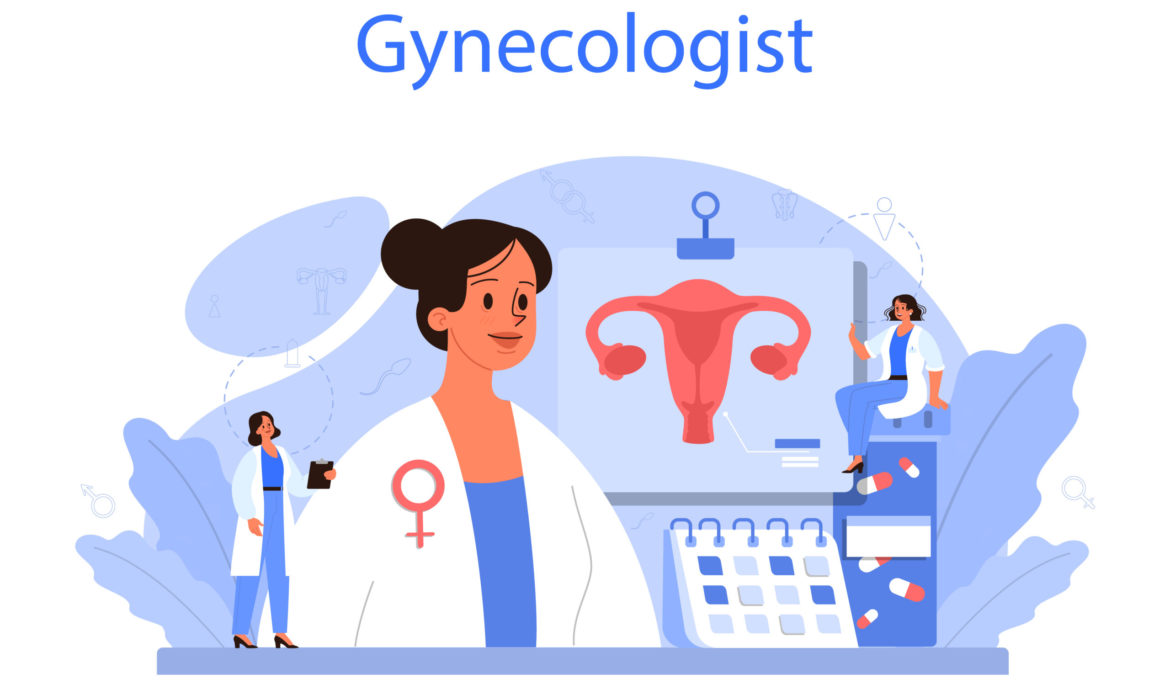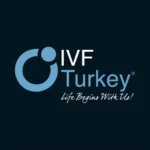Understanding Uterine Lining: The Foundation of Successful IVF Outcomes


Achieving a successful pregnancy through In Vitro Fertilization (IVF) is a complex process that hinges on many factors. While much attention is given to the quality of embryos and the precision of the IVF procedure, the significance of the uterine lining—or endometrium—cannot be overstated. This crucial layer within the uterus plays a pivotal role in embryo implantation and the overall success of the IVF cycle. This article offers a deeper dive into the importance of the uterine lining, exploring its role, the ideal conditions for successful implantation, and actionable strategies to optimize its health.
The Pivotal Role of Uterine Lining in Embryo Implantation
The uterine lining is the site where the embryo must attach and implant to initiate a pregnancy. Its thickness, structure, and health are key determinants of an embryo’s ability to implant successfully. The endometrium undergoes various changes throughout the menstrual cycle, preparing to receive an embryo. In the context of IVF, ensuring that the uterine lining is receptive and adequately prepared is essential for the embryo transfer process.
Characteristics of an Ideal Uterine Lining
For IVF success, the uterine lining should exhibit certain characteristics:
- Thickness: An endometrial thickness of 7 to 10 millimeters is generally considered ideal for embryo implantation.
- Structure: The presence of a “triple-line” pattern, seen on ultrasound, indicates a well-estrogenized endometrium, which is more conducive to implantation.
- Receptivity: Beyond physical characteristics, the uterine lining must express certain proteins that facilitate embryo attachment, a phase known as the “window of implantation.”
Factors Affecting Uterine Lining Health
Several factors can influence the health and receptivity of the uterine lining:
- Hormonal Balance: Estrogen plays a critical role in building the uterine lining. Progesterone, following ovulation, supports the lining in becoming receptive to an embryo.
- Lifestyle Factors: Smoking, excessive alcohol consumption, and poor diet can negatively affect endometrial development.
- Medical Conditions: Conditions such as Asherman’s syndrome (scar tissue in the uterus), polyps, or fibroids can disrupt the normal structure and function of the uterine lining.
Enhancing Uterine Lining for IVF
Optimizing the health of the uterine lining involves addressing both medical and lifestyle factors:
- Estrogen Therapy: Supplemental estrogen may be prescribed to encourage endometrial growth in cases where the lining is insufficiently thick.
- Blood Flow Enhancement: Strategies to improve blood flow to the uterus, such as low-dose aspirin or specific exercises, can promote a healthier lining.
- Lifestyle Modifications: A balanced diet rich in antioxidants, omega-3 fatty acids, and vitamins can support endometrial health. Regular, moderate exercise improves overall circulation, including to the uterus.
- Acupuncture and Supplements: Some evidence suggests that acupuncture and certain supplements (like Vitamin E, L-arginine, and pentoxifylline) can improve endometrial thickness and blood flow.
Monitoring and Adjusting Treatment Strategies
Close monitoring of the uterine lining through ultrasound assessments allows fertility specialists to tailor treatments to each individual’s needs. Adjustments to hormonal therapy, lifestyle recommendations, and the timing of embryo transfer may be made based on the condition of the uterine lining.
Conclusion
The uterine lining is a critical factor in the success of IVF treatments, serving as the welcoming ground for embryo implantation. Understanding its role, optimizing its condition through medical and lifestyle interventions, and closely monitoring its development are integral steps in maximizing the chances of a successful pregnancy. Collaboration between patients and fertility specialists, focusing on the health of the uterine lining, ensures that a strong foundation for implantation and growth supports the journey toward conception.
FAQs: Uterine Lining and IVF Success
Q1: Why is the uterine lining so important for IVF success?
A1: The uterine lining, or endometrium, is crucial because it’s where the embryo implants and begins to grow during pregnancy. Its thickness, structure, and health significantly affect the embryo’s ability to implant successfully. A healthy uterine lining supports the embryo’s attachment, essential for a successful IVF pregnancy.
Q2: What is the ideal thickness for the uterine lining for embryo transfer?
A2: The ideal thickness for the uterine lining is generally considered to be between 7 to 10 millimeters. This range indicates a receptive environment for the embryo to implant. However, successful pregnancies can occur outside this range under certain conditions and with proper medical support.
Q3: How can I improve my uterine lining for IVF?
A3: Improving uterine lining involves both medical treatments and lifestyle changes. Estrogen therapy may be prescribed to increase thickness. Enhancing blood flow to the uterus through low-dose aspirin (under medical guidance), acupuncture, and specific exercises can also help. Additionally, adopting a healthy lifestyle through a balanced diet, avoiding smoking, and managing stress can support endometrial health.
Q4: Can acupuncture help with the uterine lining?
A4: Some studies suggest that acupuncture can improve blood flow to the uterus, which may enhance the thickness and quality of the uterine lining. While acupuncture is not a standalone treatment, it can be a complementary approach alongside conventional medical treatments to optimize the uterine environment for IVF.
Q5: Are there any foods or supplements that can improve the uterine lining?
A5: Yes, certain foods and supplements can support the health of the uterine lining. Foods rich in antioxidants, omega-3 fatty acids, and vitamins (such as leafy greens, nuts, seeds, and fatty fish) can be beneficial. Supplements like Vitamin E, L-arginine, and pentoxifylline may also improve endometrial thickness and blood flow, but it’s important to consult with a healthcare provider before starting any new supplement.
Q6: How is the uterine lining monitored during an IVF cycle?
A6: The uterine lining is monitored through ultrasound examinations during an IVF cycle. These assessments allow fertility specialists to observe the thickness and structure of the lining, ensuring it’s in the best possible condition for embryo transfer. Adjustments to treatment may be made based on these observations to optimize the chances of successful implantation.
Q7: Can a thin uterine lining prevent pregnancy?
A7: A thin uterine lining can make it more challenging for an embryo to implant, potentially reducing the chances of a successful pregnancy. However, there are various treatments and interventions available to improve the thickness and quality of the uterine lining, enhancing the likelihood of successful embryo implantation and pregnancy.
Q8: What happens if the uterine lining is too thick?
A8: While much emphasis is placed on a thin uterine lining, an excessively thick uterine lining can also be problematic, as it may indicate conditions such as endometrial hyperplasia, which can affect fertility. A thorough evaluation by a fertility specialist is necessary to determine the appropriate treatment strategy.
Q9: Can lifestyle changes alone improve the uterine lining for IVF?
A9: While lifestyle changes alone may not be sufficient for everyone, they can significantly contribute to improving the health of the uterine lining. Healthy eating, regular exercise, stress management, and avoiding harmful substances can create a better environment for implantation. These changes should complement, not replace, medical treatments and consultations with a fertility specialist.
Q10: Is a “triple-line” pattern on an ultrasound a good sign for embryo transfer?
A10: Yes, a “triple-line” pattern, visible on an ultrasound, is considered a positive sign of a well-estrogenized endometrium. This pattern indicates that the uterine lining is in a receptive phase, potentially increasing the chances of successful embryo implantation during an IVF cycle.



